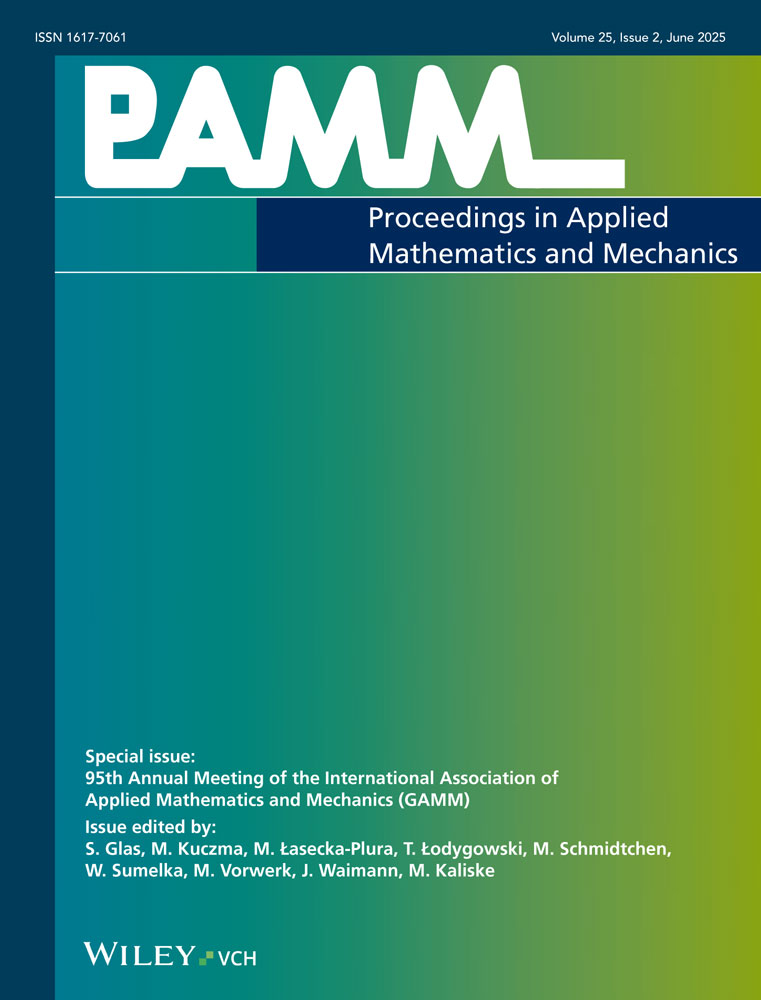Model reduction for multi-component porous-media models of biological materials using POD-DEIM
Abstract
In the context of clinical treatment, reliable models of biological materials can provide further information of the occurring processes. For this purpose, the prediction of various simulation scenarios or real-time simulations is desirable. A broad variety of biological materials, such as intervertebral discs or skeletal muscles, exhibit a porous microstructure and are conveniently simulated using a macroscopic continuum-mechanical modelling approach. Therefore, the complex inner structure is regarded in a multi-phasic manner using the Theory of Porous Media (TPM). The solution of the descriptive set of coupled partial differential equations (PDE) is approximated with the finite-element (FE) method.
In the context of FE simulations, computing time and numerical effort is an important issue because the number of degrees of freedom (DOF) of such coupled problems can become very large. To reduce the numerical effort, the method of proper orthogonal decomposition (POD) is applied in combination with the discrete-empirical interpolation method (DEIM). Using the POD method, representative state variables (so-called snapshots) are stored in pre-computations using the initial full system and are approximated with a low-dimensional subspace. Additionally, snapshots of the nonlinear terms of the differential equation are stored to approximate the nonlinearities using the DEIM. Dealing with porous-media problems in biomechanical applications, the primary variables (such as the solid displacement or the pore pressure) exhibit a different temporal behaviour. In order to take this into account, the snapshots are divided in separated parts for each primary variable. (© 2016 Wiley-VCH Verlag GmbH & Co. KGaA, Weinheim)




